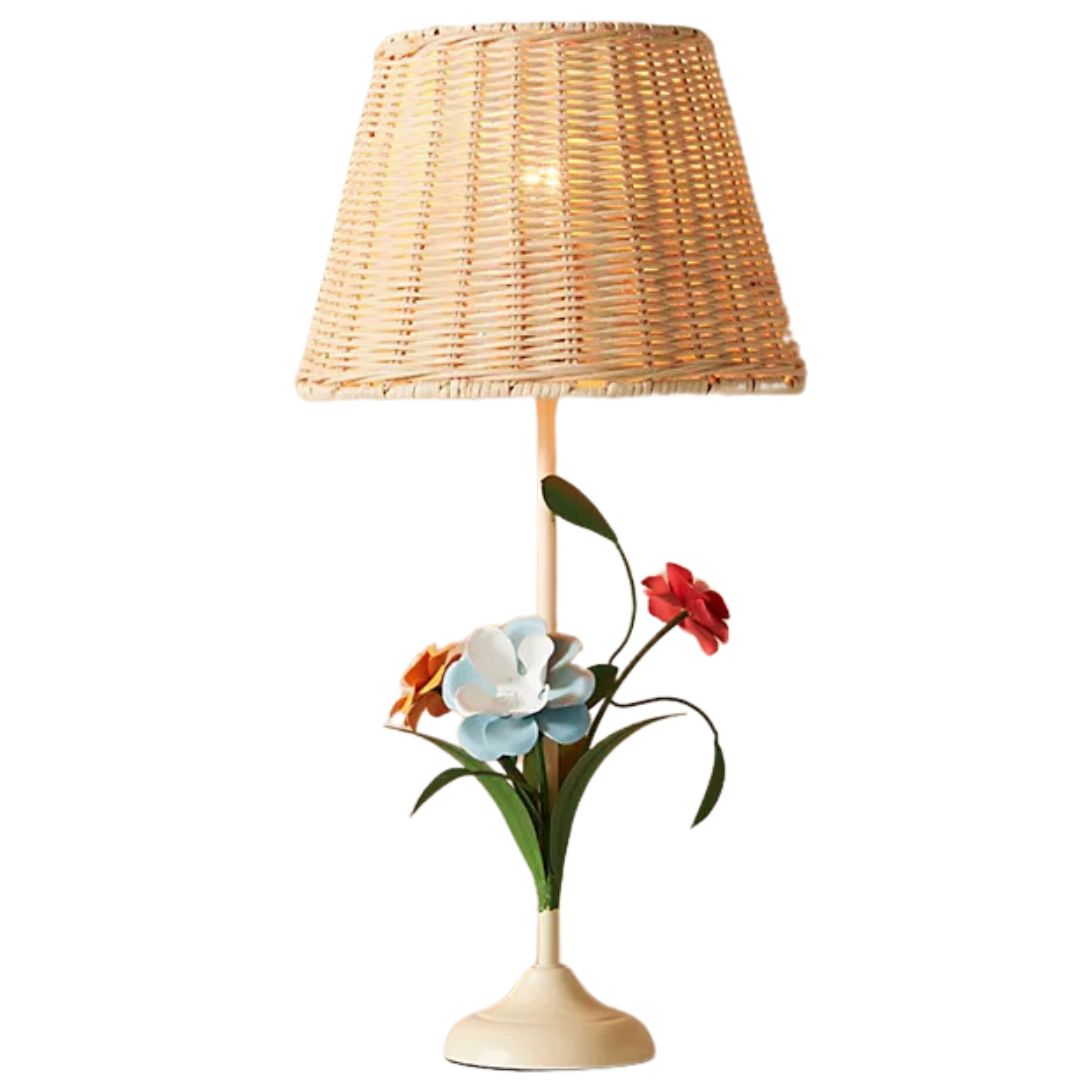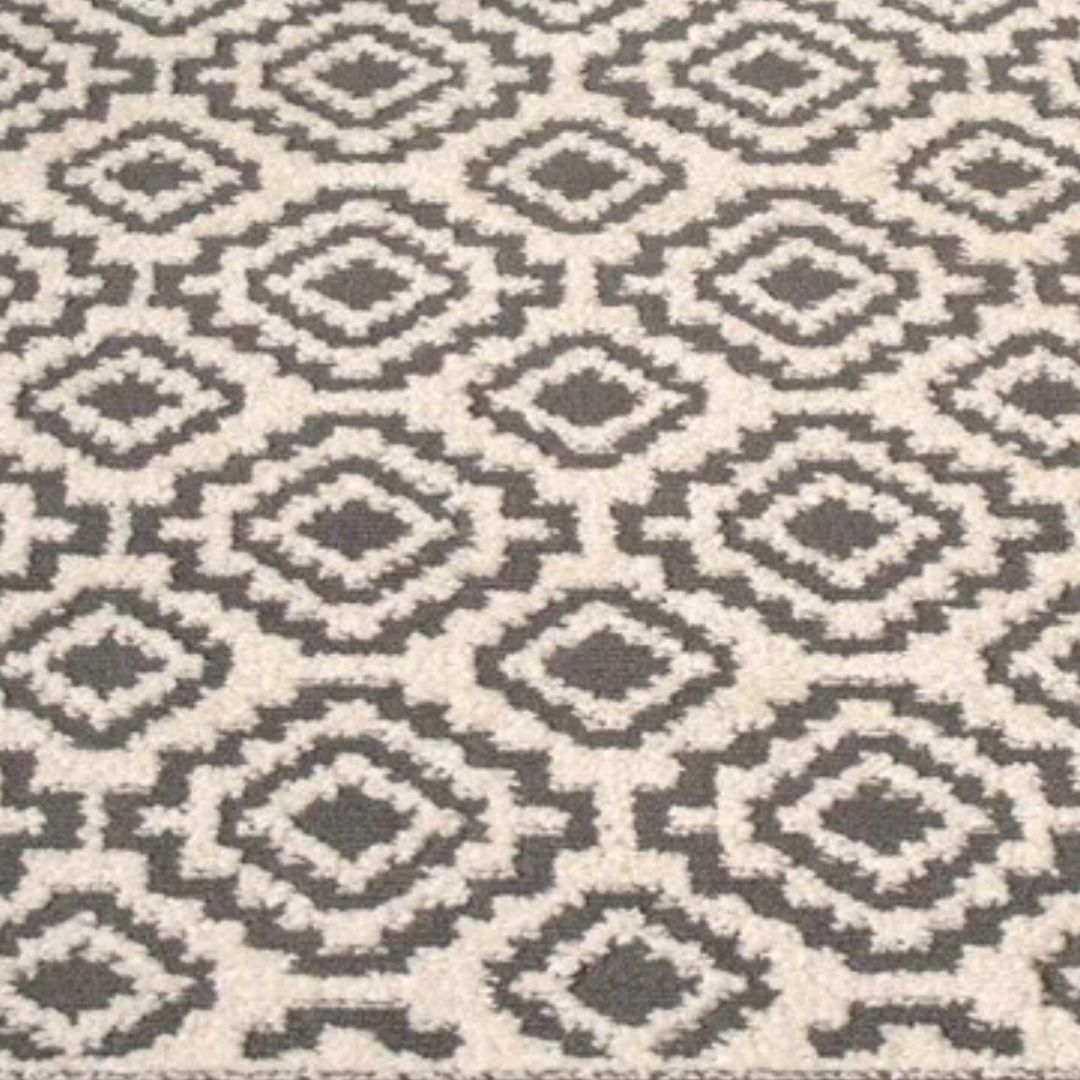How Can I Keep My Kitchen Warm Without Heating? 'It's All About Colors and Materials,' Say Experts
You don't need to crank up the heating to keep your kitchen warm all winter - all you need is the right decor elements to save the day
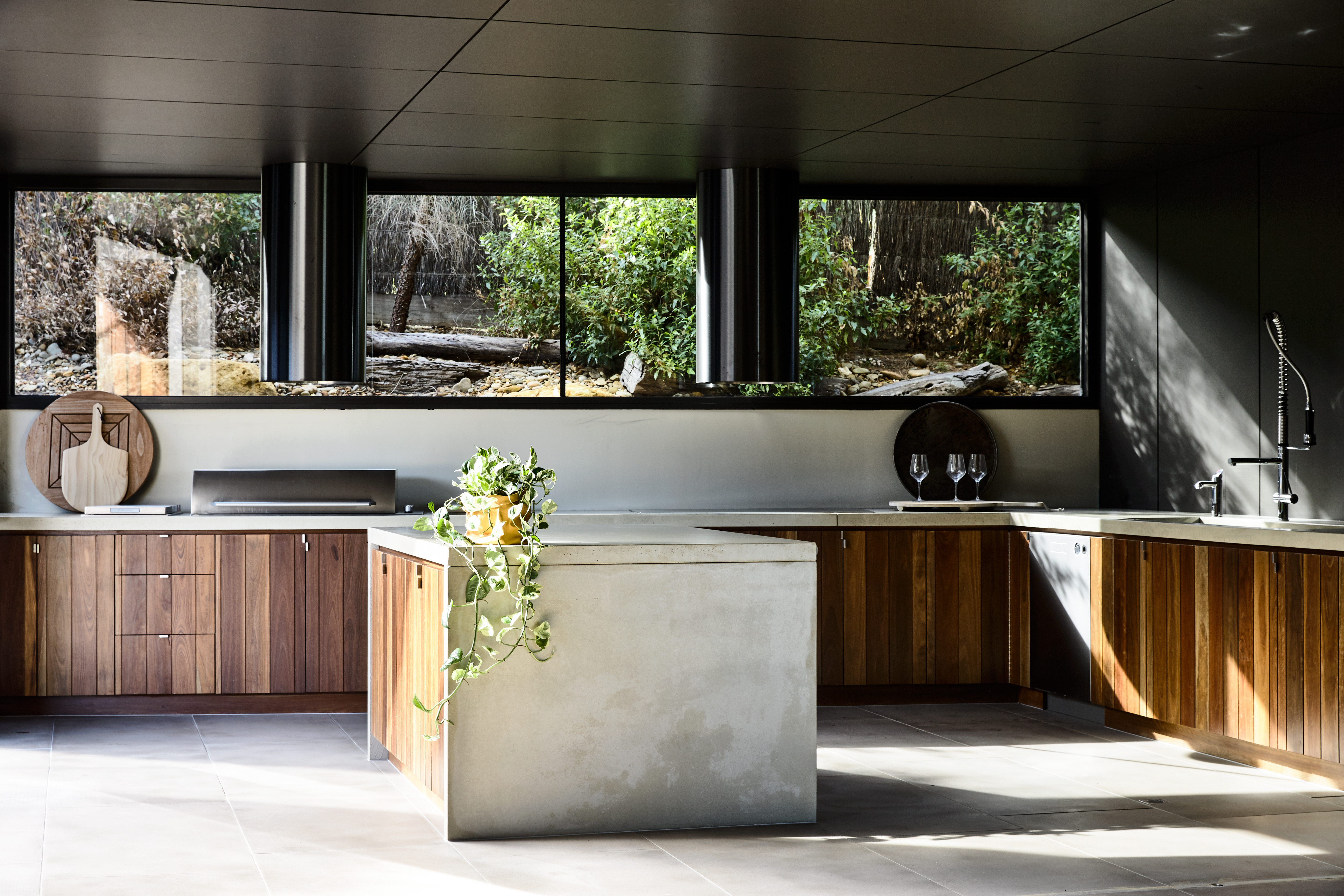

Standing in the kitchen for hours and cooking can become a pain with hard surfaces, cold flooring, and chilly drafts creating a feeling of discomfort. To combat this, more often than not, we turn up the heat, which also leads to higher energy bills.
Experts suggest that there's another solution - a more permanent way to cozy up your modern kitchen. With the right paint tones, materials, and fabrics you could make this space toasty and inviting. Take a look.
1. Layer the lighting with lamps
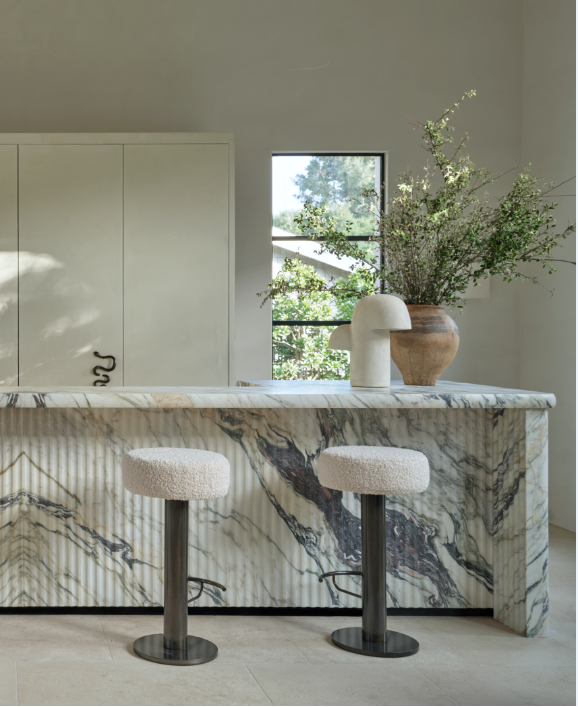
Our busy, multitasking kitchens are essentially practical spaces but that doesn't mean they can't be warm and welcoming. Layering the kitchen lighting will not only help you work better in this space but also create a relaxed mood that feels inviting.
'Warm lighting is a quick and easy way to make any space feel cozy,' says Nadia Watts, founder of Nadia Watts Interior Design. 'Use lamps and layer your lighting. A lamp on the kitchen counter can do wonders for cozying up your kitchen and making it feel warm and inviting. Be sure to use soft warm-white or yellow bulbs. Candlelight, and of course firelight, also makes for a warm atmosphere, pus they dispel heat which instantly brings coziness to your space.'
2. Add more natural materials to the kitchen
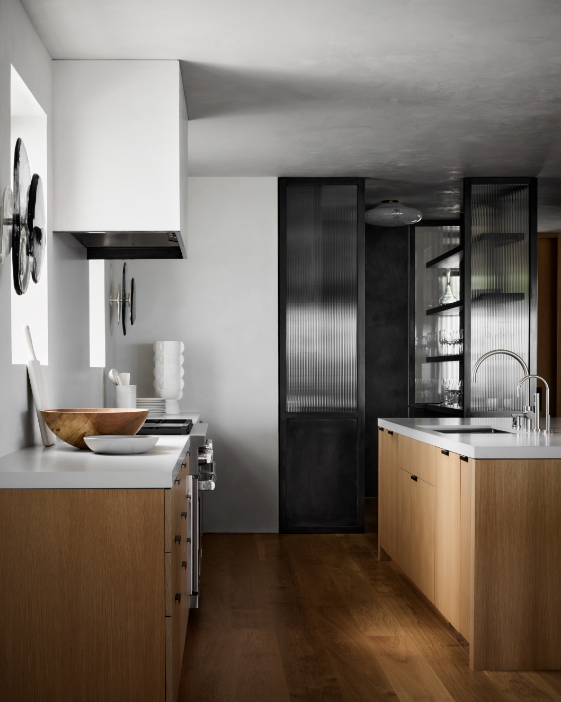
Natural materials have an inherent charm and timeless quality. These cozy up the visuals of a space and make the room feel a hundred times more snug and even warm to the touch. Think of materials like stained cabinetry, cane lanterns, hardwood worktops, and ceramic containers.
'Wide plank and engineered wood kitchen flooring is a great option for both visual warmth and a softer feel under your feet over a stone or tile floor,' says Nadia. 'Engineered wood is more stable in fluctuating temperatures than solid hardwood but its solid veneer (if 4MM plus) surface can still hold up to wear and tear.'
3. Zone the kitchen's open floor plan
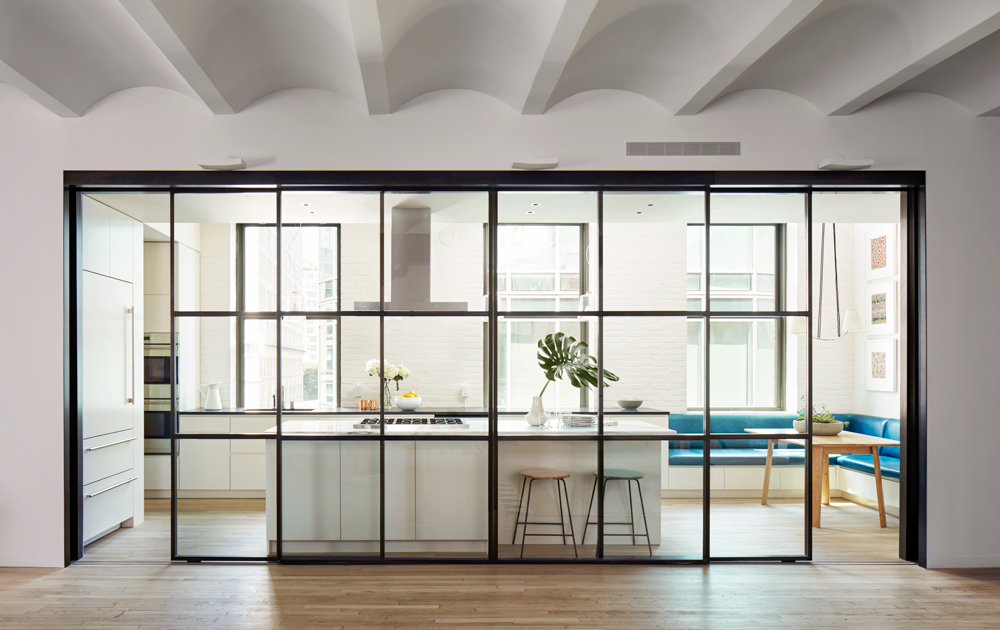
While an open floor plan works brilliantly in smaller homes and allows for a more breezy and airy layout, in the winter months this could work against you. Drafts and cold air circulating in other rooms could make your kitchen feel uncomfortable. This is why it might be prudent to zone this room, temporarily if you prefer, during winter.
The Livingetc newsletters are your inside source for what’s shaping interiors now - and what’s next. Discover trend forecasts, smart style ideas, and curated shopping inspiration that brings design to life. Subscribe today and stay ahead of the curve.
'Open floor plans can make it harder to contain and retain heat,' says Saba Kapoor, co-founder of Nivasa. 'Zoning areas with strategically placed furniture, screens or room dividers can help create cozier spaces within the open plan.' If it's a more permanent solution you prefer, you could consider the design trend of pocket doors that can be opened up, or separated off, as need be.
4. Consider a kitchen rug to make the underfoot warm
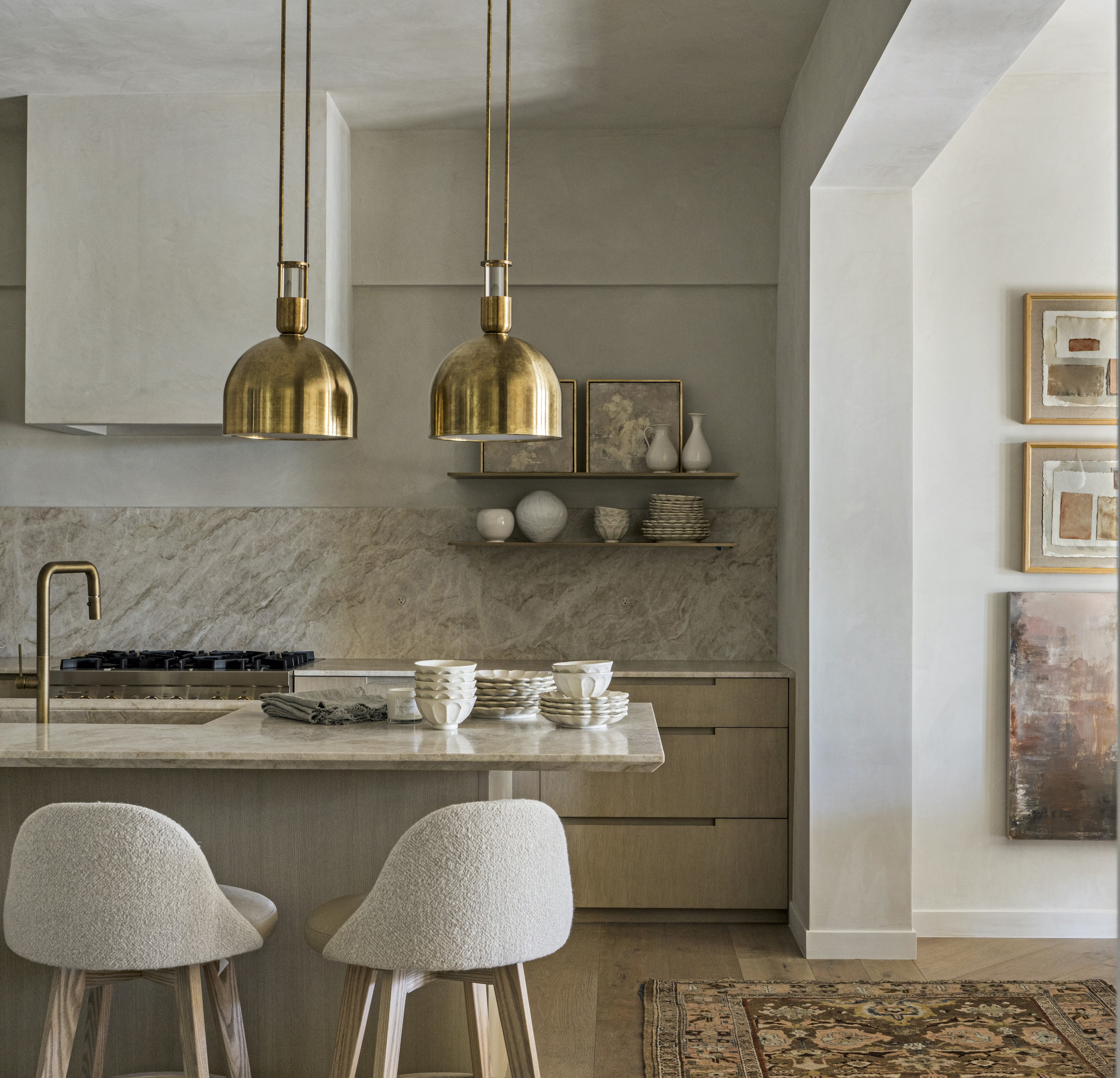
Many homeowners are wary of having a kitchen rug because of the maintenance it may require. Plus this is a room known for accidents, spills, and stains, so is it worth it? Experts say it is.
'Rugs work wonders to warm up a room, both literally and visually,' says Bethany Adams of Bethany Adams Interiors. 'Cold floors are no match for a good quality wool rug and don't forget the pad, which can add another layer of insulation. I suggest thicker, fluffier rugs like a sheepskin or shag rug or even a thickly braided one to soften the room and make you feel 'warm' just from looking at their obvious coziness. Perhaps place these in the corner of the kitchen, which is a more dry area.'
Consider anti-slip rugs because of the increased likelihood of slippery flooring. If you're worried about the longevity of the rug, you could choose a polypropylene one, as it's a man-made fiber, but also incredibly strong. It resists all the wear and tear and is also stain-resistant.
5. Invest in high performance windows
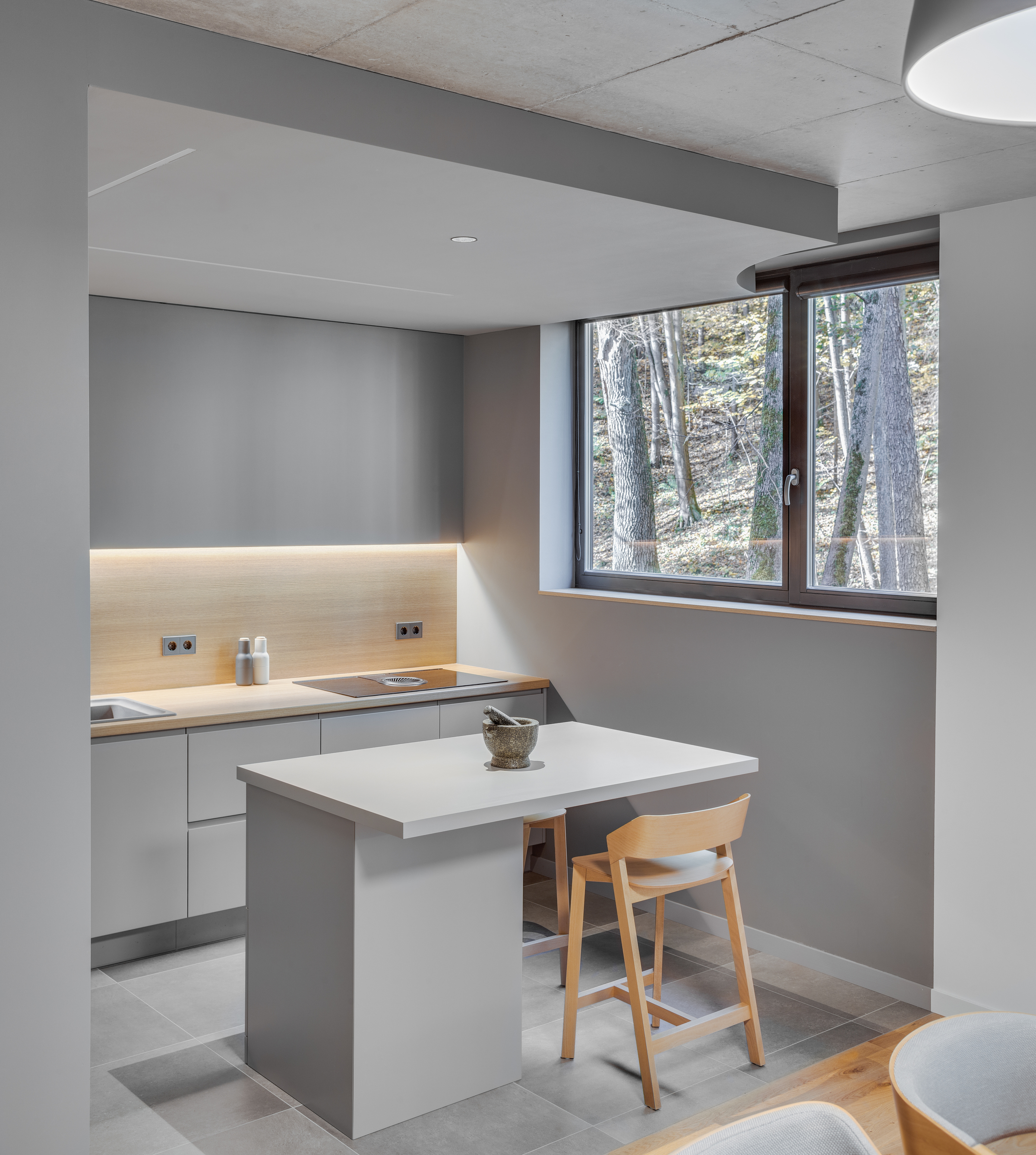
Look at every opening, corner and crevice's to stop cold air from entering the room. Consider your kitchen window treatments, doors, and the fireplace to ensure that these are properly sealed. A good idea would be to invest in insulation materials such as fiberglass, cellulose, or spray foam to cover any gaps and to have sturdier windows. This will save you money on heating expenditures in the long term.
'The best treatments for minimizing heat loss are insulating shades,' says Tyler Kobick, founder of DDB Architecture. 'If you have particularly leaky windows, thermally insulated curtains and curtain liners can prevent a lot of heat loss and will add style and light control. Ultimately, sealing any leaks around your windows or investing in higher-performance windows will make more of a difference.'
6. Paint the walls and cabinets a dark color

Wondering about the best paint for kitchen walls and cabinets that will create a warm feeling? Experts suggest darker colors.
'Rich reds, burgundies, blues, and oranges can cozy up a kitchen,' says Nadia. 'Red tones add a touch of sophistication and warmth. They pair well with softer shades of orange and apricots and this combination brings warmth and a pop of color and contrast. Golden yellows create a sunny ambiance, as yellow is a cheerful color. It not only brings good vibes but also a feeling of warmth without being overpowering. Greens can be surprisingly warm and calming. Use muted greens of olive, sage, and moss to create a serine feel.'
3 products to warm up the kitchen

Aditi Sharma Maheshwari started her career at The Address (The Times of India), a tabloid on interiors and art. She wrote profiles of Indian artists, designers, and architects, and covered inspiring houses and commercial properties. After four years, she moved to ELLE DECOR as a senior features writer, where she contributed to the magazine and website, and also worked alongside the events team on India Design ID — the brand’s 10-day, annual design show. She wrote across topics: from designer interviews, and house tours, to new product launches, shopping pages, and reviews. After three years, she was hired as the senior editor at Houzz. The website content focused on practical advice on decorating the home and making design feel more approachable. She created fresh series on budget buys, design hacks, and DIYs, all backed with expert advice. Equipped with sizable knowledge of the industry and with a good network, she moved to Architectural Digest (Conde Nast) as the digital editor. The publication's focus was on high-end design, and her content highlighted A-listers, starchitects, and high-concept products, all customized for an audience that loves and invests in luxury. After a two-year stint, she moved to the UK and was hired at Livingetc as a design editor. She now freelances for a variety of interiors publications.
